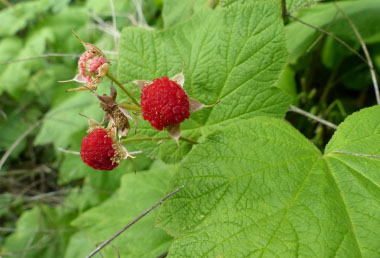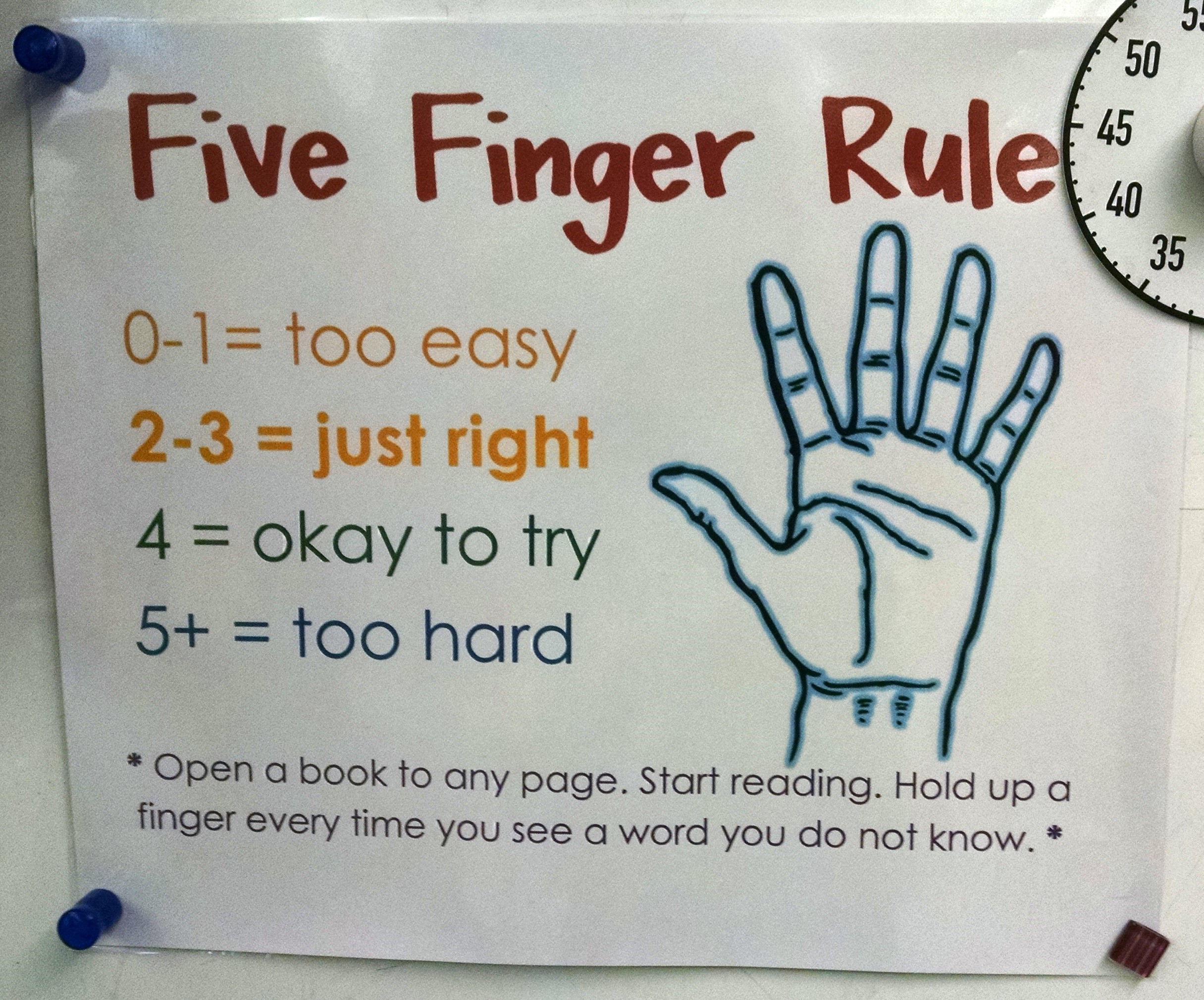Good morning class,
Happy Tuesday! Somehow we are already almost halfway through the week since there is no school on Friday.
To discuss:
- Letters to our buddies
- Learning Opportunities
1. Letters to our Buddies
Ms. Raymond will be available in our chat today to answer questions you may have about your buddy and what they may be interested in. This may be helpful to inspire ideas on your drawings to your buddies to make it even more special (although, I am sure anything from their big buddies will put a smile on their faces :))
2. Learning Opportunities
To-do:
* : hand-in
(extension): optionala.) Morning Journal*
b.) Literacy – Reading Assignment *
c.) Letter to Buddies *
d.) MathExtensions:
e.) Genius Hour (optional)
f.) Makers – Instruments (optional)
Priorities
a.) Morning Journal *
As I started last week, I will be sharing some of my findings while I am out on the trails or around our nearby parks. Spring is a very special time to see the flowers of some delicious fruits.
Today’s plant: Thimbleberry

I took this photo along Jericho Beach near UBC
Thimbleberries are native plants to our region. They have large and very soft leaves — sometimes known as nature’s toilet paper if you are facing an emergency! However, their leaves also look like another similar plant in our region — the Devil’s Club — which have many thorns and will result in GREAT discomfort when touched. You would not want to get them confused!! Thimbleberry bushes are often found in forests with an open canopy so they can catch some sunlight.
The white flower is the start of the journey to produce beautiful and delicious Thimbleberries! The berries look like this when they are ready:

They look like raspberry but are much softer and juicier. They have many tiny seeds, much smaller than that of raspberries.
Thimbleberry is the English word for these plants (assumingly because they are shaped like thimbles and sit nicely on your thumb). In SENĆOŦEN (language of a nation on Vancouver Island), they are called DEḰEṈ.
According to the Indigenous Plant Garden of Comosun College, the following has been explained about the plant:
- Thimbleberries are commonly found throughout the province.
- A wide variety of indigenous groups processed the berries into cakes to store for the winter months. Thimbleberry is a potent source of vitamin C, which helps ward off intestinal problems like dysentery. The sprouts were peeled and eaten raw in the spring before they became woody.
- The leaves were used medicinally in a number of ways:
-They could be rubbed on the skin to help with acne or irritation;
– the Cowlitz of Washington would crush the leaves to soothe burns.
– In Wsanec territory, the dried leaves were ingested or made into a tea to alleviate diarrhea; elsewhere they were reportedly ingested to treat nausea and vomiting.
Morning Journal Question:
- What do you notice about the Thimbleberry?
- What do you think there is a flower?
- Why do you think it grows a berry? Why is the berry so red, sweet, juicy and full of little seeds?
- Why do you think the leaves are so green, large and fuzzy (soft)?
- What questions do you have about the Thimbleberry?
b.) Literacy – Reading *
Task document: Reading Assignment
This week, we will focus on reading. Please read a book of your choice. This could be online or a book you have at home. It is important you focus on a book that is not too challenging and not to easy.
Use the five finger rule to help you make the proper book choice:

While we don’t have the luxury of the library to help us with our book selection, there are plenty of online libraries available. If you have books at home, please choose one from home to read or re-read.
Resources:
Tumble Books – I will go over how to access this during class meeting today
Task Instructions: (Step by Step)
Download the worksheet: Reading Assignment
Read a book of your choice for at least 30 minutes each day.
Reflect on what you are reading. Record your thoughts on your reading by answering the following questions:
• What do you like about what you are reading?
• What connections are you making to the text?
• What questions do you have about the text?
• What do you think the writer would like you to think about?
You may record your thoughts in writing (on paper or in a document) or a recorded voice/video note.
Please submit this to me by Friday May 15th. This is a required assignment. Please let me know if you need more time.
c.) Letter to your Little Buddy *
Please send a picture of your note and art to me by Friday May 15th so we can send them to our buddies for next week. They will also be writing you letters this week 🙂 Don’t forgot to include a drawing or art!
d.) Math
Please continue your math program.
Khan Academy, IXL, worksheets, etc.
If you would like support/guidance on a math program, please contact me.
Extension Activities (optional)
e.) Makers – instruments (optional)
This week, I would like you to work on a homemade instruments. They can come in all different sizes and types — from wood drums to coffee can shakers, to wind chimes to xylophones. Find objects and sounds around your home to experiment with different ways to make noise. Record the different types of sounds you can create.
Document: Makers – instrument
f.) Genius Hour (optional)
Continue your Genius Hour project. This is an ongoing project. If you have completed it or are just starting, here is the planning sheet to start a new inquiry:Genius Hour Planning Sheet
Follow these steps:
Brainstorm – what topics interest you? Write down topics that interest you (e.g. birds, palm trees, global warming, Jupiter, etc…). Select one to focus on this week.
Question – What deep questions do you wish to explore on your topic? (e.g. how do birds fly?)
Research – How are you going to find answers to your questions? With limited variety of resources, it will likely be online or an interview with an “expert” on the topic (perhaps family/friends).
Present – How are you going to share your knowledge? Please come up with a a way to briefly present your project. This may be through a speech, slideshow, poster, poem, comic, video, song, etc.
Share – Practice your presentation and share — either to me, family/friends, to the class during Sharing Circle.
Please follow the following planning sheet to guide you through your planning and research.
See you at 11 am,
Ms. Daneshwand

I noticed that the thimbleberry is very fuzzy on the outside. Maybe it’s a flower because it has a leaf on the bottom? I wonder why it grows a berry. Maybe it’s so the animals out there have something to eat? I think the leafs are fuzzy , green And large because the *flower* has been there for a long time. I wonder why the thimbleberry is so small the berry is very tiny.
My questions about the timber berry is where is there habitat and where can you find them?
Is The thimble berry is edible ?
I noticed that there is a green base on the bottom in the middle of the flower and yellow stems coming out and there is gold on the sides.
I noticed that the Thimbleberries has multiple seeds inside the flower. The leaves are green, large, and fuzzy. Because they are used for medical reason. It grows the berry because it is related to the devil club. The Thimbleberries has a flower for emergency toilet paper. My question for the Timbleberries is are they important and if so why.
I think the Thimbleberry leafs look very soft even though I have never seen them before. So that it looks more beautiful and more purity. The Thimbleberry has a berry because bears can eat them cause they are getting ready for hibernation.
the thimbleberry reminds me of a strawberry flower maybe the berry might tern into a flower maybe the berry has seeds because it gets bigger and bigger the leaves are fuzzy because the berry is fuzzy why dose the thimbleberry have a lot of spikes on it.
It has a flower so that…
I noticed that the thimbleberry🌺 has some sort of yellow stuff inside it🤔. I wonder if the thimbleberry leaves 🍁 will change the colour when picked. I also wonder if the thimbleberry changes colour.
I noticed that the thimble berry 🌺 has a flower shape on the outside of the berry. I compared it to the bud in the other picture and I see the flower shape folded around it. I think 🤔 the fluff on the leafs might hold the medicine. So when you rub it against your skin, the medicine rubs off against your skin.
Why does the thimble berry look like a raspberry?🤔
I noticed that there are seeds and I think that the seeds are for growing more thimbleberry flowers and the seeds fly with the wind and even go to a different city.
and I wonder if the thimbleberry will change the shape when it is picked.
I noticed the thimble berry is very bright red. I also noticed the flower seems very big from the picture. How often does a thimble berry grow? Where does the thimble berry grow? 🍒💮
1. The thimbleberries look like you cannot have them at home.
2. It seems like they could take a long time to get back in the form they are in.
3. I think the berry is a raspberry. It looks a lot like a raspberry. I wonder if you can eat the berry?
4. I wonder if animals eat this.
5. I wonder if you can have the thimbleberry at home. It would look nice in your home.
The flower is very white and open. I think bees would like this plant. I think it grows a berry and has green leaves because of where it grows.